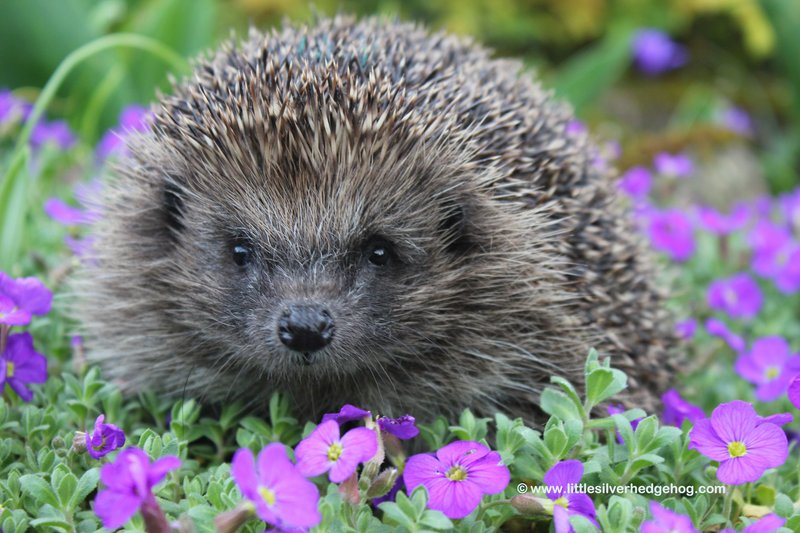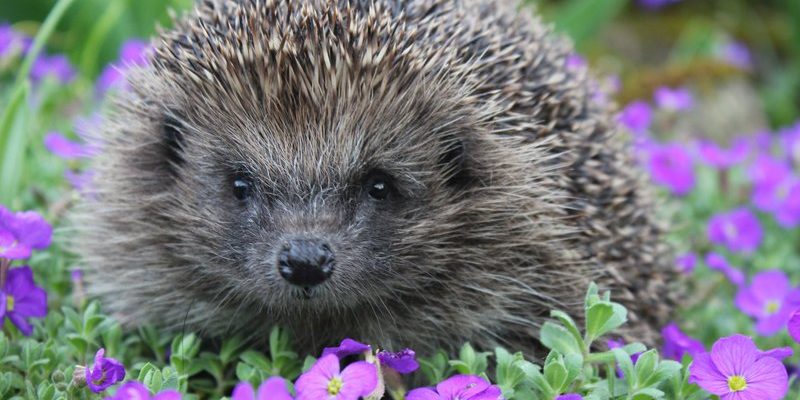
You might be wondering how you can help a hedgehog in the wild or what actions are best for both you and the hedgehog. Let me explain what you should know if you ever come across one of these endearing critters on your adventures.
Understanding Hedgehog Behavior
Hedgehogs are nocturnal animals, which means they’re most active at night. If you spot one during the day, it could be a sign that something’s not right. These creatures usually spend their nights foraging for insects, snails, and worms. They have a remarkable sense of smell, which helps them hunt down their food.
You might think of a hedgehog as a tiny armored tank, primarily because of those spines. The spikes serve a purpose; they act as a defense mechanism. When threatened, a hedgehog curls into a tight ball, protecting its vulnerable underbelly. If you see one curled up, don’t poke or prod it—this is their way of saying they feel scared. Instead, give them some space and let them be.
Another interesting behavior to note is their ability to walk several kilometers in search of food each night. They’re quite the little adventurers! That means if you see one, they’re likely on their way to discover a tasty meal rather than being lost.
Safety First: Keeping Both You and the Hedgehog Safe
Safety is key when encountering a hedgehog. For starters, approach with caution. Sudden movements or loud noises can startle them, causing unnecessary stress. Your goal should always be to observe without disrupting their natural behavior.
Make sure to keep pets on a leash or at a safe distance. Dogs, in particular, tend to be curious about small animals, and a hedgehog won’t stand a chance if it feels threatened. You wouldn’t want your dog to scare off a potential friend or, worse, hurt them.
If you’re in an area where hedgehogs are common, take note of your surroundings. Busy roads can be dangerous for these little creatures, as they often cross streets at night. If you see a hedgehog in a dangerous spot, consider creating a safe barrier with something lightweight like your jacket, if it won’t disturb the animal too much, until it can find its way away from the road.
What to Do If You Suspect a Hedgehog Needs Help
Sometimes, you might find a hedgehog that looks unwell or is staying in one spot for an extended period. If it seems injured or sick—like if you see it crawling in circles or it appears very thin—it’s essential to take action.
Start by observing from a distance. If the hedgehog isn’t moving much and seems disoriented, it’s time to step in. Carefully pick it up using a towel, as this will help protect you from the spines and make the hedgehog feel secure. It’s best to use gloves, too, as they can carry fleas or other parasites.
Once you’ve gently picked it up, the next step is to seek professional help. Contact a local wildlife rehabilitation center or vet who specializes in small animals. They will have the expertise to assess the little creature’s health and provide necessary care.
Creating a Hedgehog-Friendly Environment
If you’re a nature lover, consider making your garden more welcoming for hedgehogs! These benefits extend beyond just seeing them; you’ll help create a habitat that can support them. Here are a few simple actions you can take:
- Leave small gaps in your fences so hedgehogs can roam freely between gardens.
- Provide food and water by setting out cat food (not fish) and fresh water, especially during hot weather.
- Avoid using pesticides, as they can harm hedgehogs by reducing their food sources.
- Build a hedgehog house using an old box or a wooden shelter where they can hibernate and stay safe.
Just think of your garden as a welcoming haven! With a few thoughtful touches, you can help these little creatures thrive in your area.
Why Protecting Hedgehogs Matters
You might wonder why taking care of hedgehogs is important. These animals are vital for our ecosystem, acting as natural pest controllers. They help keep insect populations in check, which in turn benefits gardens and the wider environment.
Hedgehogs are also facing declining populations due to habitat loss, road danger, and environmental changes. By protecting them and their habitats, we’re helping maintain biodiversity and ensuring future generations can enjoy seeing these charming animals in their natural surroundings.
Taking small actions can lead to significant changes. Every garden that supports wildlife helps create a network of habitats that can make a difference for many creatures, including our beloved hedgehogs.
Final Thoughts on Hedgehog Encounters
Encountering a hedgehog in the wild can be a delightful experience, but it’s essential to know how to respond. Keep safety and respect in mind, both for yourself and the animal. If you’re unsure about the hedgehog’s health, seek help from professionals who can provide the care it needs.
By understanding their behavior and being proactive in protecting their habitats, you can play a part in conserving these fascinating creatures. Whether it’s through creating a hedgehog-friendly garden or knowing when to lend a helping hand, every little bit counts in giving hedgehogs a fighting chance in today’s changing world.

